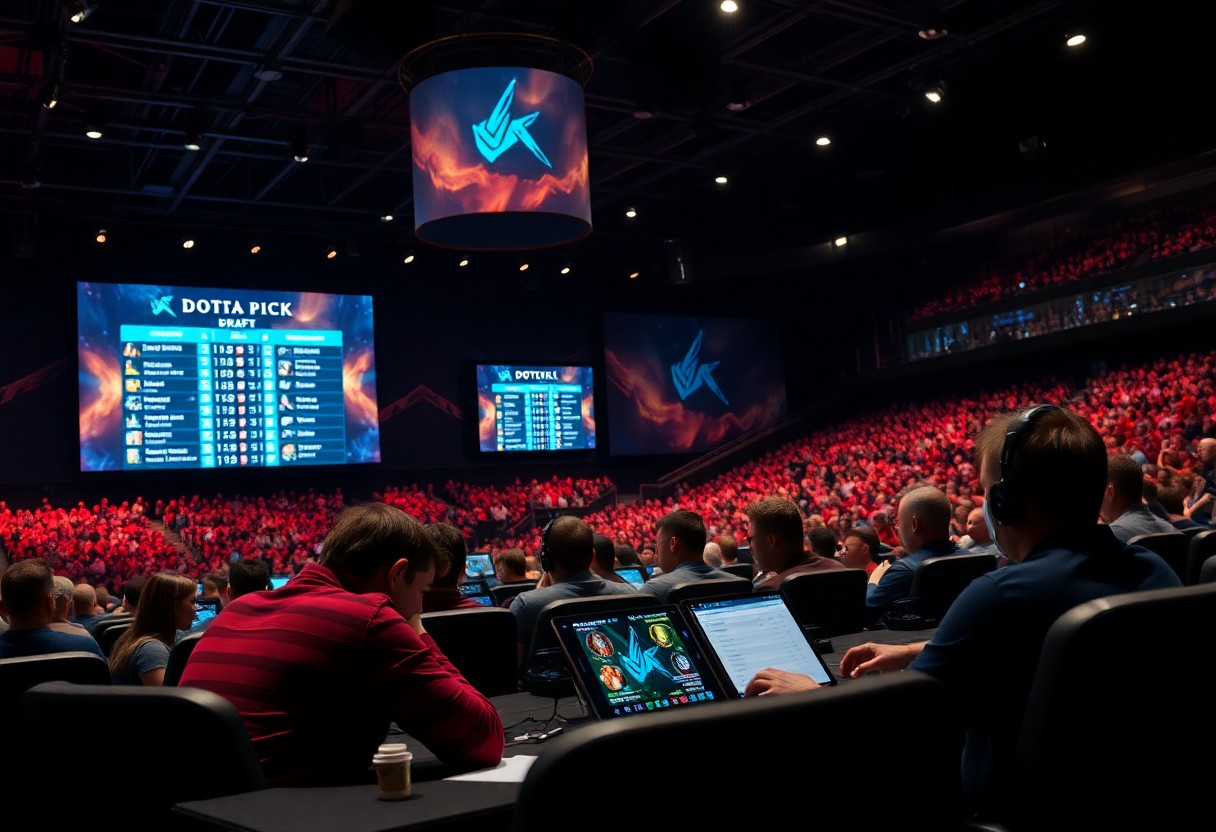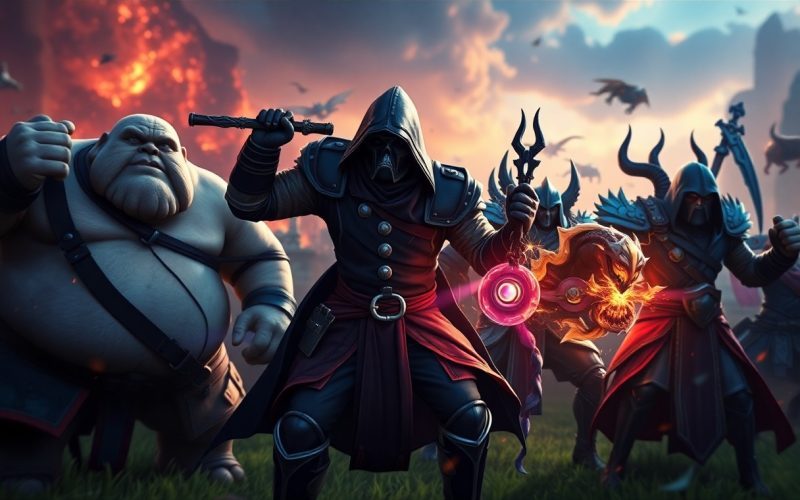You may be familiar with the intense and strategic nature of Dota 2, where each match’s outcome hinges significantly on the drafts that teams execute prior to the game. Over the years, several iconic drafts have emerged that not only altered the trajectory of the games they were part of but also left a lasting impact on the meta and how teams approach their strategies. Let’s explore some of these legendary drafts and their implications on the Dota 2 landscape.
One of the most notorious drafts occurred during The International 3 (TI3) when the team known as Alliance showcased the “Rat Dota” strategy. This approach involved using Lone Druid, Nature’s Prophet, and other capable split-pushers to maintain pressure across the map while avoiding full-on engagements with the opposing team. This draft not only led Alliance to an eventual victory in the tournament but also reshaped the understanding of map control in Dota 2. Teams recognized the necessity to counter split-pushing tactics and adapted their drafts accordingly, leading to a diversified approach in hero selections aimed at countering these strategies.
Another memorable draft took place during The International 4 (TI4). The Chinese team Newbee pulled off an exceptional strategy by picking up a lineup featuring strong team-fighting heroes like Dark Seer and Invoker, which enabled them to dominate through coordinated executions. This draft highlighted the importance of synergy and provided a blueprint for future tournaments on how to construct lineups that rely on powerful combo potentials rather than individual strength. Teams began emphasizing hero synergies in their drafts more than ever before, often leading to intricate combinations and tactical plays.
At TI6, the infamous “pick and ban” phase showcased a notable draft from Digital Chaos. The team employed a game-winning strategy around a high-damage mid-lane hero, which created a ripple effect in how teams approached their drafts thereafter. Digital Chaos’s success with unconventional hero picks forced teams to reconsider meta heroes and encouraged experimentation. This draft emphasized adaptability, proving that teams could win by prioritizing flexibility in their hero selections, leading to a more varied and dynamic game environment.
Fast forward to TI10, where Team Spirit astonished fans with a draft that heavily emphasized mobility and positioning. Heroes like Pango and Skywrath Mage allowed them to execute relentless skirmishes while maintaining agility. This draft not only earned them the championship title but also served as an influence for other teams to adopt a fluid style of gameplay focused on aggressive engagements and repositioning. The principles behind Team Spirit’s picks led to a significant shift in how team compositions were built moving forward, emphasizing the importance of mobility in both offense and defense.
In the final analysis, Dota 2’s most infamous drafts have played an instrumental role in shaping the game’s evolution. These drafts underlined the importance of strategy, adaptation, and team synergy, creating waves of transformation that continue to influence how teams prepare for their matches. As professional play evolves, the legacy of these drafts serves as a guide for aspiring teams aiming to carve out their own paths in the competitive landscape.






